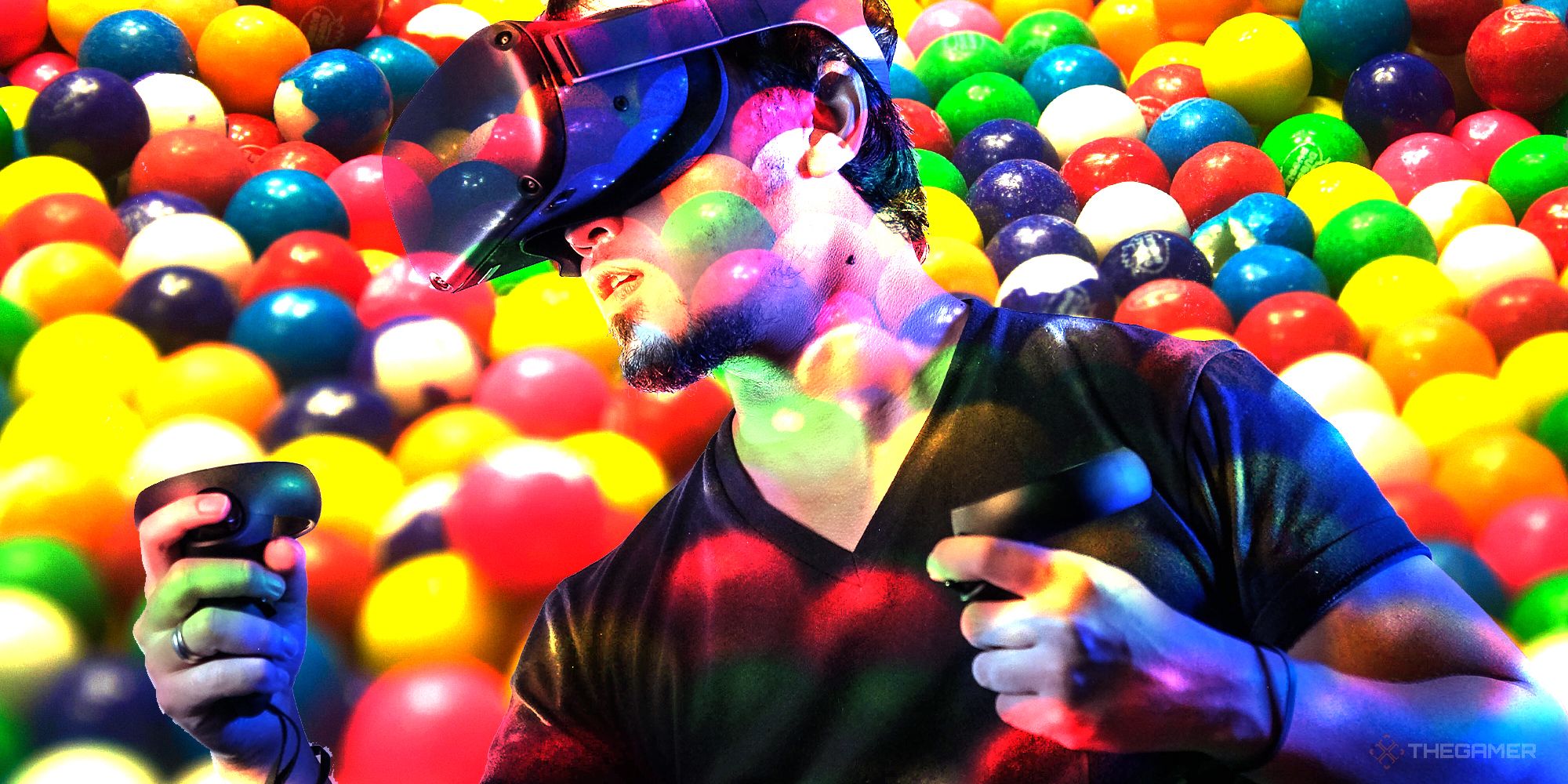VR is becoming increasingly popular, especially with continual improvements to the technology. VR headsets in the form of the PSVR, Valve Index, HTC Vive, and the Oculus Quest have meant a greater selection for consumers, making virtual reality technology and especially VR games more mainstream than in yesteryear.
But a problem for many users is VR motion sickness, which has been an obstacle for some time. It even has a proper name: visually induced motion sickness, or VIMS, and is sometimes known as 'cybersickness'. However, new research is proposing a novel solution for this issue.
In a study published in Experimental Brain Research, researchers found that users would experience less motion sickness if they chewed flavoured gum while they were using head-mounted VR. The study involved 77 adults who each underwent a 15-minute VR experience showing a simulated search and rescue helicopter flight. One group of subjects were given peppermint gum, another group ginger-flavoured gum, while a control group were given no gum.
It was found that those who chewed gum reported much less peak sickness scores while they "flew" in the VR experience - while those who reported increased pleasant feelings with the subjectively better tasting gum experienced corresponding milder VIMS symptoms. This means it might work better with your favourite flavour of gum instead of less preferred tastes.
Motion sickness is caused by a mismatch between signals from your eyes telling the brain there's movement, and your vestibular system, which tracks head movement, which when either in cars or using VR usually stays still. If these two systems don't align then this can cause nausea.
Chewing gum stimulates the mastoid region, which is below and behind the ear, and this could cause vestibular signals to be demoted by the brain. In other words, chewing gum might trick the brain into prioritising signals that come from the eyes, rather than paying attention to a conflict in signals, which would result in less VIMS. That is the theory, anyway, as science writer Emma Young summarised, but other studies have found support for it.
Now, the taste of the gum could be important but also the physical act of chewing could also play a major part. Unfortunately, however, the team that conducted the research didn't include a test group that was given flavourless gum to chew, so we don't know how much of the VIMS reduction is owed to the flavour of the gum or the physical chewing of it. Nevertheless, flavoured chewing gum is widely available so it's not exactly hard to get a hold of and try out.
So, next time you feel nauseous when donning a VR headset why not pop a piece of gum in your mouth to chew on and give it a go. It could be a cheap and convenient way to alleviate motion sickness. Just make sure it's a nice flavour to increase the chances of it helping. Those who want to read the paper outlining the research can find it here.


